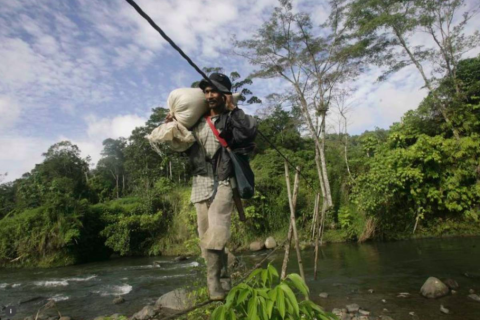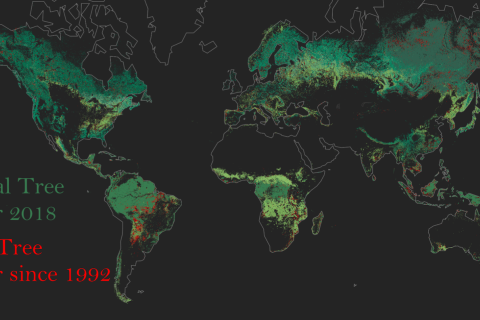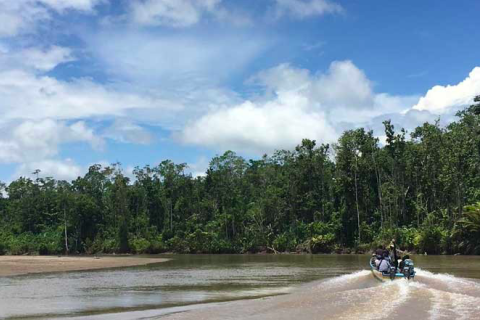Earth Day 2021 – Restore Our Earth
Every year on April 22nd over a billion people across the world come together to observe Earth Day. First established in 1970, Earth Day was created to drive action in combatting the ongoing global environmental and climate crisis. The theme of the 2021 event is Restore Our Earth. The 2021 Earth Day campaign covers various concepts for how we can restore our earth, but sometimes these can be difficult to visualise.
Interview- It’s official: Indigenous Peoples are guardians of their forests, with Latin America leading the way
Worldwide, Indigenous Peoples are stewards over vast tracts of vital forest lands, but often without proper legal protections. Now a new landmark report has shown conclusively that when Indigenous Peoples have secure tenure over the forests they live in, deforestation and other forms of environmental degradation are at the very least tempered, if not halted altogether.
The Great Soybean Expansion: Miracle or Curse?
The global soybean trade was worth about 9.5 billion of US dollars in 2000. By the end of this year – in 2020 – it is projected to exceed 60 billion[1]. This is just one of the many figures that explains why the last two decades might be remembered as the Great Soybean Expansion, the period when soybean became one of the most traded commodities in the world – but also one of the most controversial.
Resistance of Indigenous Peoples to the Covid-19 virus in the context of the Pandemic
We represent around five percent of the population of humanity, but we preserve around eighty-two percent of the world's biodiversity.
Nicaragua: The Autonomous Regions facing Covid 19
I am Dolene Miller, an Afro-descendant from the Caribbean (Atlantic) Coast of Nicaragua and for me it is important and very necessary to support any initiative to protect my community from COVID19. As ethnic minorities, we are facing a health crisis in precarious conditions because the national government itself has not wanted to assume its responsibility to protect the population from infection, has not issued a quarantine and, on the contrary, is promoting massive activities according to its thesis of contagion of the herd.
Closing Data Gaps to Eliminate Deforestation and Land Disputes from Beef Supply Chains in Paraguay
In the last 15 years, Paraguay lost a greater share of its forest than almost any other country on Earth. While soy farming once drove deforestation in the east, the focus of Paraguay's forest loss has since moved west to the low-lying, thorn-forested Chaco, where cattle ranching has claimed over 3.7 million hectares (9 million acres) of forest for pastureland – an area about the size of the Netherlands – between 2001 and 2015.
The main takeaway from this year's Global Landscapes Forum? Diversity is key!
At this year' Global Landscape Forum (GLF 2019), one message was loud and clear: diversity is key to restoration and sustainable landscape management, more specifically the emphasis on a variety of viewpoints and stories, is what will help us reach our goals!
Deforestation and forest degradation in the Amazon Biome
Introduction
The Deforestation and Forest Degradation in the Amazon Biome map was produced by Imazon in order to contribute towards monitoring in the region. The methodology applied simultaneously generates mapping of deforestation and forest degradation [caused by logging activity and forest burning] using Landsat satellite images. Existing methods individually detect and map those processes, which can lead to overlaps in the results and increasing uncertainty in estimates of annual deforestation rates.
Restoration: It’s About More than Just the Trees
By Robert Winterbottom
This is the first installment of WRI’s blog series, New Perspectives on Restoration. The series aims to share WRI’s views on restoration, dispel myths, and explore restoration opportunities throughout the world.
Almost half of the world’s original forests have been cleared or degraded. So naturally, most people think of the “forest restoration” movement as an effort to re-plant these lost trees.












